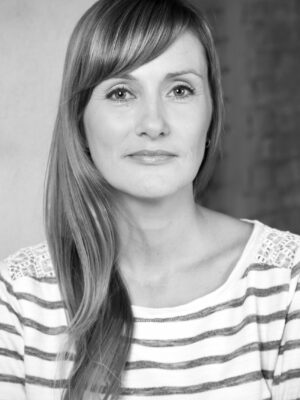Admissions
The studies in the Bachelor’s Program in Photography are conducted in Estonian.
Who are we looking to enroll?
We welcome curious and open-minded individuals interested in visual culture and — both recent high school graduates and those who have explored other fields in the meantime. The Bachelor’s program is conducted in Estonian and is free of charge for full-time students.
- To apply for the bachelor’s program, candidates must have a secondary education or an equivalent qualification (e.g., vocational secondary education).
- To apply, candidates must have passed the state exam in Estonian (or Estonian as a second language) with a minimum score of 50/75 points and achieved a B1 level in English. More information about state exams here.
Exams
Exams begin with pre-interviews via Zoom, based on which we will select candidates to proceed to the exams. Before the interview, a digital portfolio (.pdf format) must be submitted along with the application form. Please read “GUIDELINES FOR CREATING A PORTFOLIO”.
PRE-INTERVIEW
Interviews will be conducted via Zoom.
EXAM TASK 1: Test
The test consists of three parts:
- Functional reading skills test
- Image analysis test
- Questionnaire about cultural experiences
EXAM TASK 2: Photo Series ‘People on the Street’
A series of photos that should be captured in a public space and must be based on a specific idea or concept. You must bring 12 printed photographs in the size of 15×20 cm (A5). On-site, these will need to be arranged on a provided A1-sized board according to the instructions (tools will be available on-site).
EXAM TASK 3: Analysis of an Art Project
The analysis of an art project is an assignment where the applicant selects one name from a list of seven contemporary artists and prepares a presentation on a specific project by the chosen artist with slides. The list of artists is provided by the selection committee.
EXAM TASK 4: Interview and Portfolio
The aim of the interview is to clarify the applicant’s viewpoints and determine their motivation. During the interview, the applicant will explain their background and interest in contemporary art and photography. The committee will review the candidate’s exam tasks and listen to their explanations. If necessary, the committee may ask clarifying questions.
The purpose of presenting the portfolio is to familiarize the committee with the applicant’s background and previous creative practice.
GUIDELINES FOR CREATING A PORTFOLIO
Content Selection
- Choose photographs that showcase your skills and creativity. Include a variety of works, such as individual photographs and cohesive photo series based on interesting ideas or themes.
- Consider adding reproductions of your other artistic works (e.g., paintings, sculptures, graphic design) for a more comprehensive view of your artistic range, up to a total of 25 images.
Presentation Format
- Prepare your portfolio in digital format and save it as a .pdf file.
- You have the freedom to choose the format and aspect ratio of your images.
Accompanying Text
- You can include brief introductory texts or captions for your photos to provide context or insight into your creative process.
Focus Areas
- Ensure that your portfolio reflects your unique visual thinking and thematic preferences. The way you present your work and discuss your ideas is crucial.
- Remember that technical skills and equipment choices will not be evaluated; focus instead on your personal artistic expression.
Acceptable Work
- While mood and beauty shots (like cute animals or nature scenes) are acceptable, they should be paired with a clever and unexpected approach to stand out.
- Be cautious with heavily edited images or those created using AI; these should still relate to your personal vision.
Final Review
- Before submission, review your portfolio to ensure it represents you accurately and effectively communicates your artistic vision.

